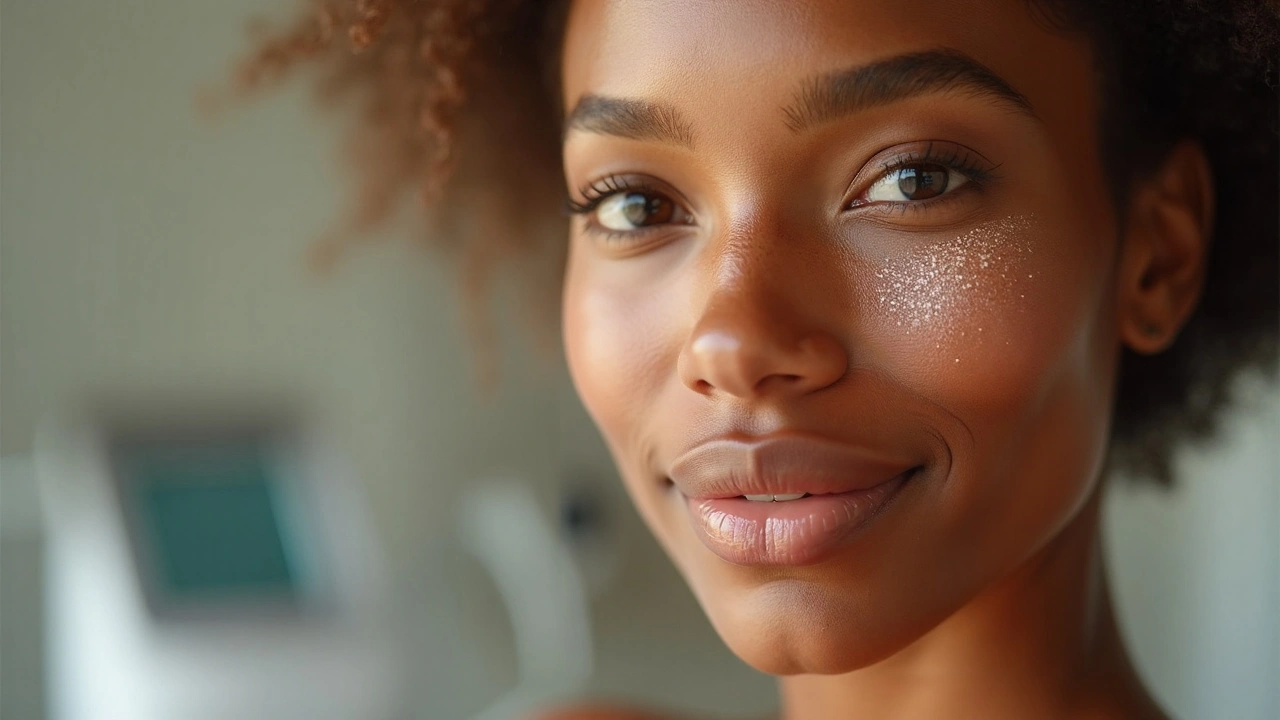Skin Resurfacing Made Simple: What Works, What to Expect, and How to Recover
Ever looked at a photo and wondered how some people get that flawless, glass‑like skin? Most of the time it’s skin resurfacing – a set of procedures that remove the top layer of skin and let fresh, new skin grow back. The idea sounds scary, but the basics are easy: you gently strip away damaged cells and give your skin a fresh start. Below we break down the most common options, how to pick the right one, and what you need to do after the treatment.
Popular Skin Resurfacing Options
Laser resurfacing uses focused light beams to vaporize tiny sections of skin. It’s great for deep wrinkles, sun spots, and acne scars. There are two main types – ablative lasers that remove a thin slice of skin and non‑ablative lasers that heat the deeper layers without breaking the surface. Ablative lasers give faster results but need a longer healing time.
Chemical peels involve applying a solution (often glycolic, salicylic, or trichloroacetic acid) that causes the outer skin to peel off. Light peels are painless and work well for mild discoloration, while medium and deep peels tackle tougher problems like pronounced lines. The chemical reaction is controlled, so you can choose a strength that matches your skin’s tolerance.
Microneedling (or collagen induction therapy) uses a roller covered in tiny needles to create micro‑injuries. Your body launches a repair response, producing fresh collagen and elastin. It’s less intense than lasers, works for all skin tones, and can be combined with serums for extra boost.
Dermabrasion is a mechanical method that sands away the top layers with a high‑speed brush. It’s been around for decades and still works well for deep scars and severe texture issues. Because it physically removes skin, you’ll see a noticeable crusting phase, so plan time off work.
Each technique has its own downtime, cost, and level of discomfort. If you have a busy schedule, a non‑ablative laser or microneedling might fit better. For more dramatic change and you can afford a week or two off, an ablative laser or deep peel could be worth the wait.
Preparing for Your Procedure and After‑Care Tips
Preparation starts with a clean slate: stop using retinoids, acids, and any harsh scrubs at least a week before your appointment. Most doctors will ask you to avoid sun exposure and to use a broad‑spectrum SPF 30+ daily. If you’re on blood thinners or have a history of keloid scarring, tell your provider – they may adjust the treatment.
On the day of the procedure, keep makeup minimal and follow any specific instructions (like fasting for deeper lasers). After you’re done, the skin will feel tight, red, and maybe a little swollen. This is normal. Apply the soothing ointment your doctor recommends and keep the area clean. Switching to gentle, fragrance‑free moisturizers helps lock in moisture and reduces flaking.
Healing time varies: laser resurfacing can take 7‑14 days for the skin to fully re‑epithelialize, while a light peel may be gone in a couple of days. Use sunscreen religiously for at least a month – newly exposed skin is super sensitive to UV damage. If you notice excessive bruising, pus, or a fever, call your clinic right away.
Long‑term results improve with good skin habits. Continue using antioxidant serums, keep up with regular exfoliation (but not on the treated area until it’s fully healed), and schedule maintenance sessions every 6‑12 months depending on the method you chose.
Skin resurfacing isn’t magic, but when you match the right technique to your skin goals and follow a solid after‑care plan, the payoff can be dramatic. Ready to give your skin a fresh start? Talk to a dermatologist, pick a method that fits your lifestyle, and enjoy the smoother, brighter complexion that follows.

- Aug, 7 2025
- Comments 13